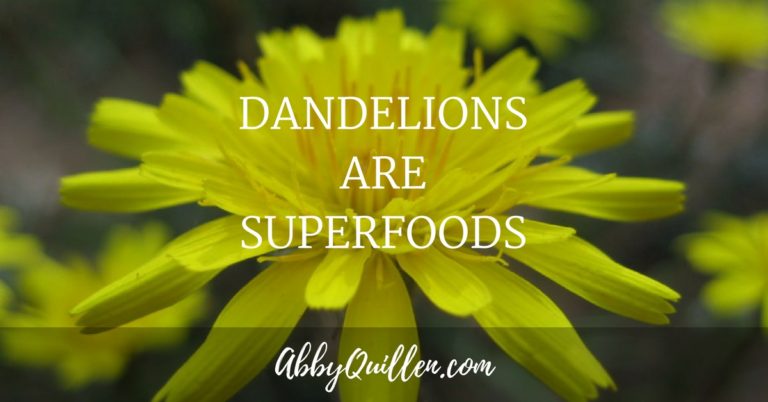Dandelions are Superfoods
Every spring people stock up on Round Up and Weed-B-Gon to prepare themselves for battle against one of my favorite flowers – the humble dandelion. If you’re not as big a fan as I am of these yellow-headed “weeds”, which grow in lawns and sunny open spaces throughout the world, I know of a great…

